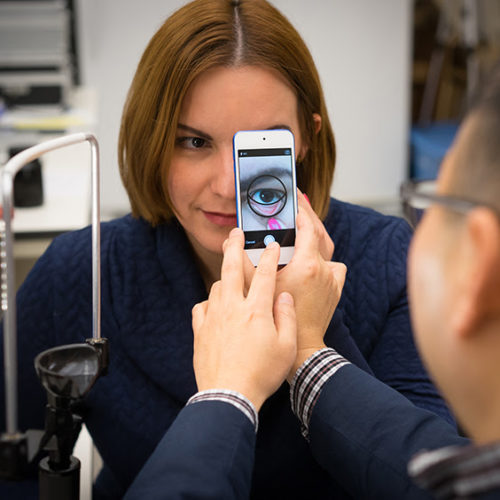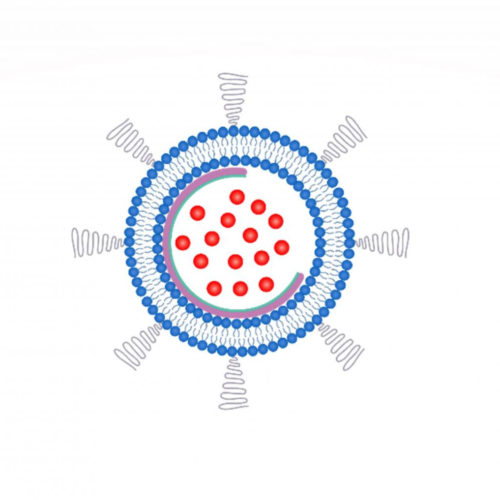By Rachel Schraer Health reporter A drug that could stop cancer cells repairing themselves has shown early signs of working. More than half of the 40 patients given berzosertib had the growth of their tumours halted. Berzosertib was even more effective when given alongside chemotherapy, the trial run by the Institute of Cancer Research (ICR)...
Tag: <span>conventional drugs</span>
Wearable patch may provide new treatment option for skin cancer
WEST LAFAYETTE, Ind. – Conventional melanoma therapies, including chemotherapy and radiotherapy, suffer from the toxicity and side effects of repeated treatments due to the aggressive and recurrent nature of melanoma cells. Less invasive topical chemotherapies have emerged as alternatives, but their widespread uses have been hindered by both the painful size of the microneedles and...
Smartphone Measures Hemoglobin Levels in Photos of Eyelids
Anemia is properly diagnosed using a blood test that measures hemoglobin, but simply looking behind a patient’s eyelid can be a pretty good alternative if you know how red the tissue is supposed to be. Now, a team at Purdue University has developed a technology that lets a clinician use smartphone pictures of the inner...
Nanobowls serve up chemotherapy drugs to cancer cells
For decades, scientists have explored the use of liposomes — hollow spheres made of lipid bilayers — to deliver chemotherapy drugs to tumor cells. But drugs can sometimes leak out of liposomes before they reach their destination, reducing the dose received by the tumor and causing side effects in healthy tissues. Now, researchers report in...
HKBU scientists eliminate drug side effects by manipulating molecular chirality
Scientists from Hong Kong Baptist University (HKBU) have developed a novel technique that can produce pure therapeutic drugs without the associated side effects. The approach, which uses a nanostructure fabrication device, can manipulate the chirality of drug molecules by controlling the direction a substrate is rotated within the device, thus eliminating the possible side effects...
First photoactive drug to fight Parkinson’s disease
An international team has designed the first potentially therapeutic photoactive drug, MRS7145, to fight Parkinson’s disease, according to the new article in Journal of Controlled Release. This compound, which proved effective in laboratory animals in vivo, has been carried out by a team led by Francisco Ciruela, from the Faculty of Medicine and Health Sciences of...





